It is said that the grapes in Turpan are good. According to preliminary statistics, more than 500 varieties can be called the “World Grape Botanical Garden”.
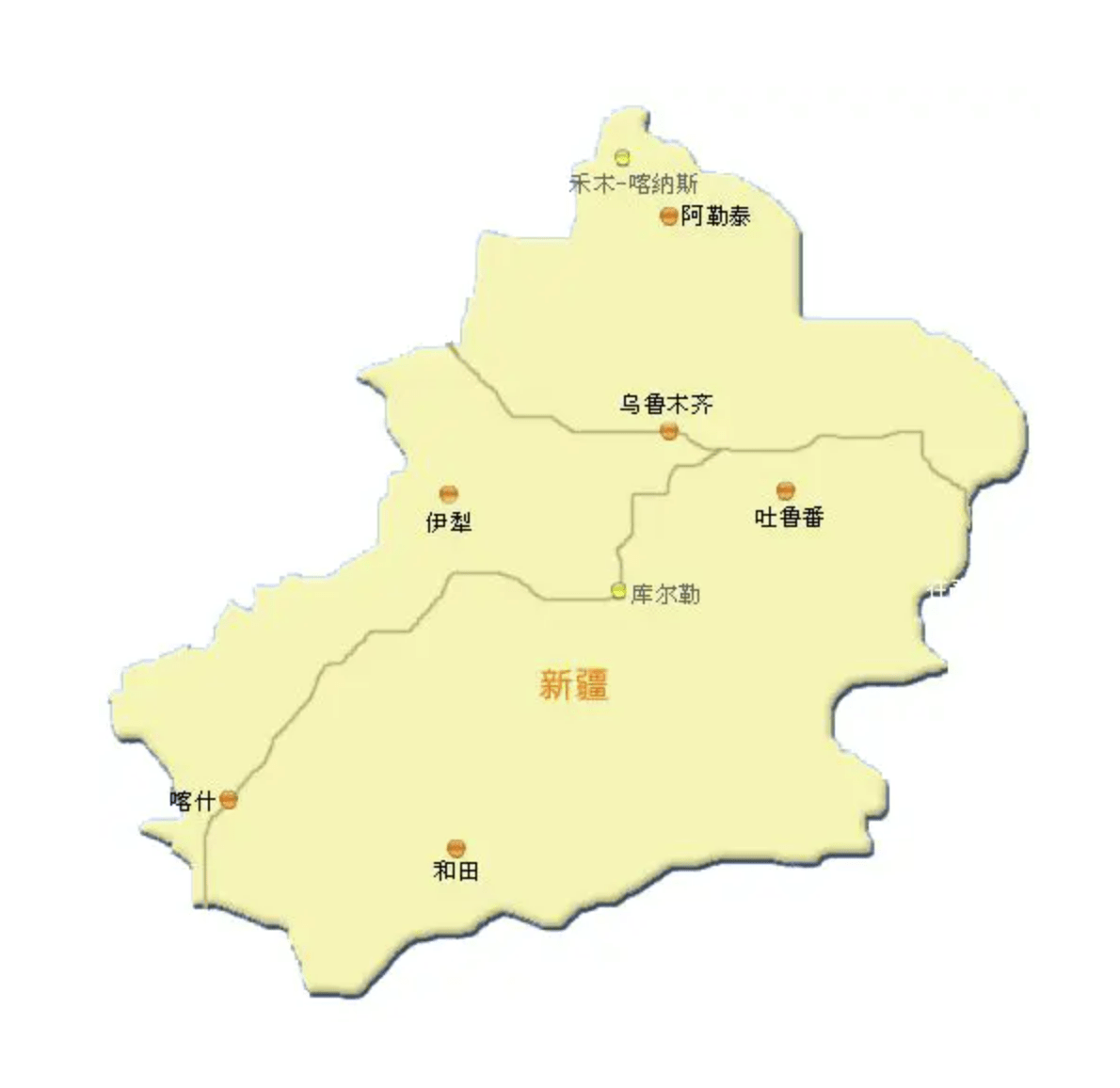
Hundreds of varieties, thousands of sweets
Among all the varieties of grapes in Turpan, people divide grapes into three categories: fresh eating, winemaking, and drying according to the thickness of the peel, the aroma of the pulp, the sweetness of the taste, the vitamin content and the nutritional content.
Seedless white, horse milk, Turpan red grape, lady red, flame seedless, and other grapes with thin skins and sweet and delicious gravy are primarily used for fresh food.
And those varieties with thick skin and sour taste, such as Cabernet Sauvignon, Dragon Ball, Merlot, Chardonnay, Semillon, Syrah, etc., will be used for brewing and brewed into rose fragrances and other wine species.
The peel and pulp are easy to separate, and the seedless white, rose fragrance, excellent seedless, and drunk gold fragrance with solid fruit flavor will be made into raisins by grape farmers.
In addition to eating fresh, brewing, and drying, grapes have medicinal properties. The medicinal variety is called Haloxylon grape, which can be used for tea and wine after drying. It is mainly used to treat diseases such as measles in children. But compared with most varieties, the Haloxylon grape has a small planting area and low yield.
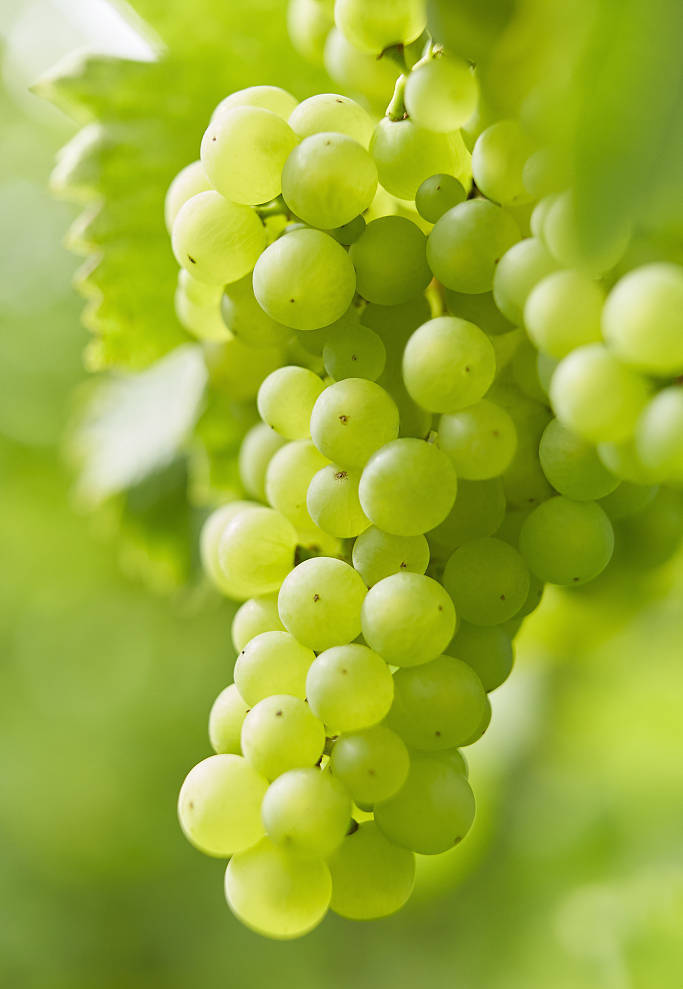
If you want to eat fresh, seed-free white may be the first choice to consider.
Of all the grape varieties, Seedless White, also known as “White Seedless”, is one of the oldest grape varieties. It has been cultivated in Turpan for nearly 600 years.
The causal body is small, the color is emerald green and crystal clear, plump and round, the pulp is transparent, and the seedless white is also known as the “green pearl”.
In terms of taste, the seedless white skin is thin and tender, and there is no need to spit seeds and skins. More importantly, the seedless white skin has a gratifying sweetness, with a sugar content of up to 20-24%.
In the summer afternoon, wash a bunch of them and eat them one by one, how delicious!
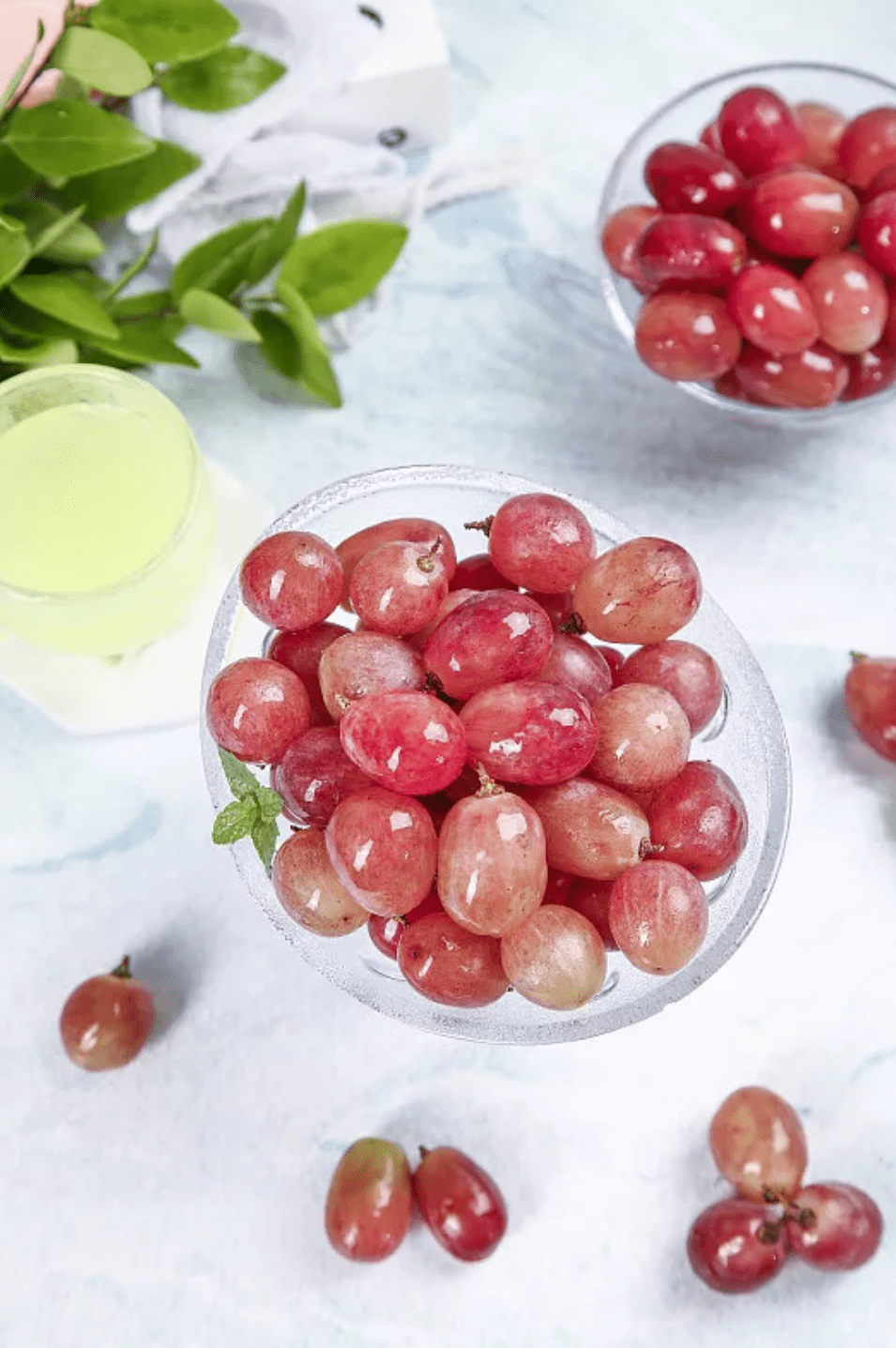
In addition to the seedless white, Xinjiang’s Bolicui(玻璃翠) is also worth eating. Like the seedless white, it belongs to the variety of “no need to spit out the grapes to eat grapes”.
The scientific name of Bolicui is Frey seedless grape, the fruit is purple or bright red.
Because of its small size, crystal clear, full grains, crispy and sweet flesh, and full of juice, it is like a seductive red pearl in the sun, so it is called glass emerald.
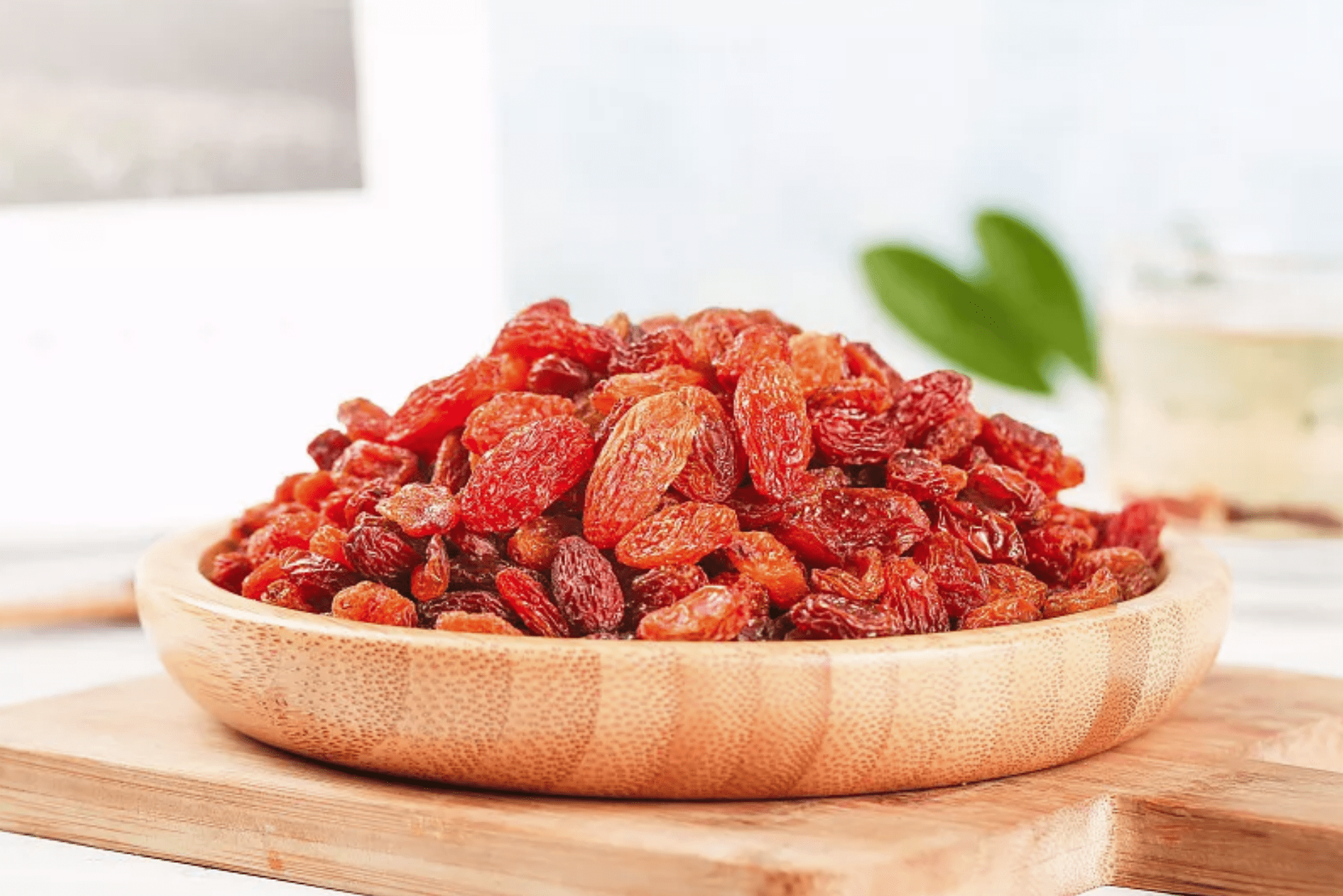
If you want to taste the high-quality raisins in Xinjiang, Hongxiangfei grapes will bring you the most intense sweetness.
The red fragrant concubine raisins produced in the Turpan Basin of Xinjiang on the side of the Tianshan Mountains were a tribute to the emperor and fragrant concubine during the Qianlong period.
Hongxiangfei raisins are rare varieties with extremely low yields. The pulp is thick, the color is wine red and transparent, and the tip of the entrance teeth will leave a fragrance similar to roses, sweet and sour, with endless aftertaste.
Delicious brewed by sunshine and wind
Due to the long transportation time and the fact that most of the fresh grapes are not easy to store due to their thin skins, and the time to market for fresh fruits is relatively short, the flavor of Turpan grapes is mostly in the form of dried fruits, that is, raisins, which are tasted by diners from all over the world.
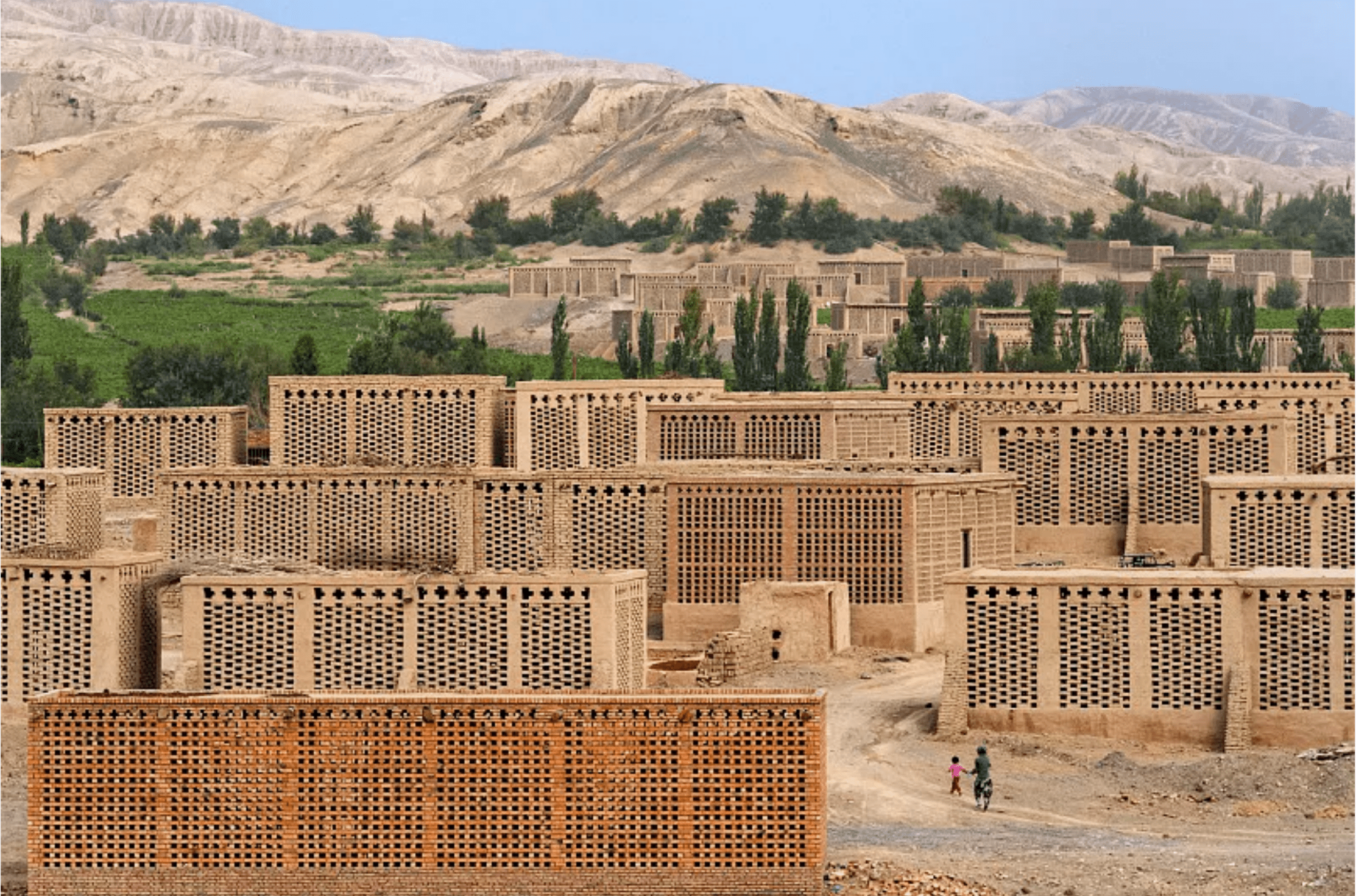
Turpan’s raisins are dried in a special way. In Turpan, the local grape farmers will use the four-sided ventilated lattice building built of earth blocks – the shade house. This kind of building is a raw soil building for Portuguese farmers to make full use of the light and heat resources of the Turpan Basin to dry raisins.
In Turpan, almost every grape farmer has built such a drying room. There are many wall holes on the four walls of the building, and in the middle is a bracket made of wooden sticks. After grape farmers pick, they will put the mature seedless grapes on the brackets. Under the action of hot air, in summer, fresh grapes will pass for 30-40 days. It can be air-dried into raisins.
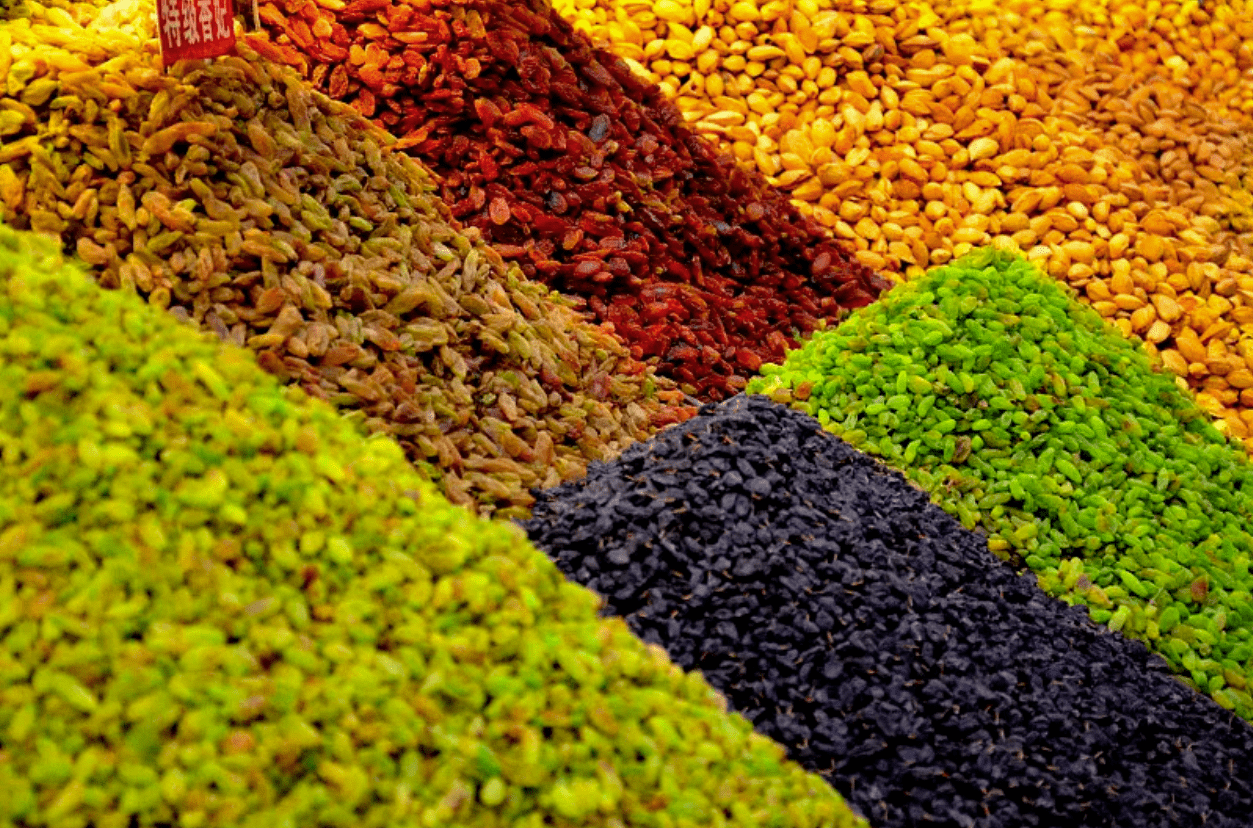
Using the hot air of the shade house, the raisins are naturally shaded, and the color of the fruit is still bright green, the flesh is soft, the food is sweet and sour, and the color and taste are excellent. It is a treasure in the domestic dried fruit.
On June 25, 2003, the former General Administration of Quality Supervision, Inspection, and Quarantine approved the implementation of regional product protection for “Turpan raisins”.
Millennium Planting History
Turpan has a long history of grape cultivation. In the third century AD, Turpan had records of grape cultivation. “North History Gaochang Biography” has Turpan records of “more five fruits” and “more grapes”.
Previously, an ancient grape vine was discovered by archaeologists in the Yanghai Ancient Tomb in Shanshan County, Turpan City.
Viticulture does not depend on planting but on the asexual reproduction of vines.
Nurbiya Ablimiti, a lecturer at the Turpan Museum, said: “Archaeological experts tested this precious plant specimen and found that it is a grape with red fruit, round grains, and purple. It has a history of 2,300 years and is the earliest specimen of cultivated grapes found in my country.”
Today, Turpan has become the main production base of grapes in China. The total grape production accounts for 52.84% of the whole Xinjiang, which is one fifth of the whole of China.
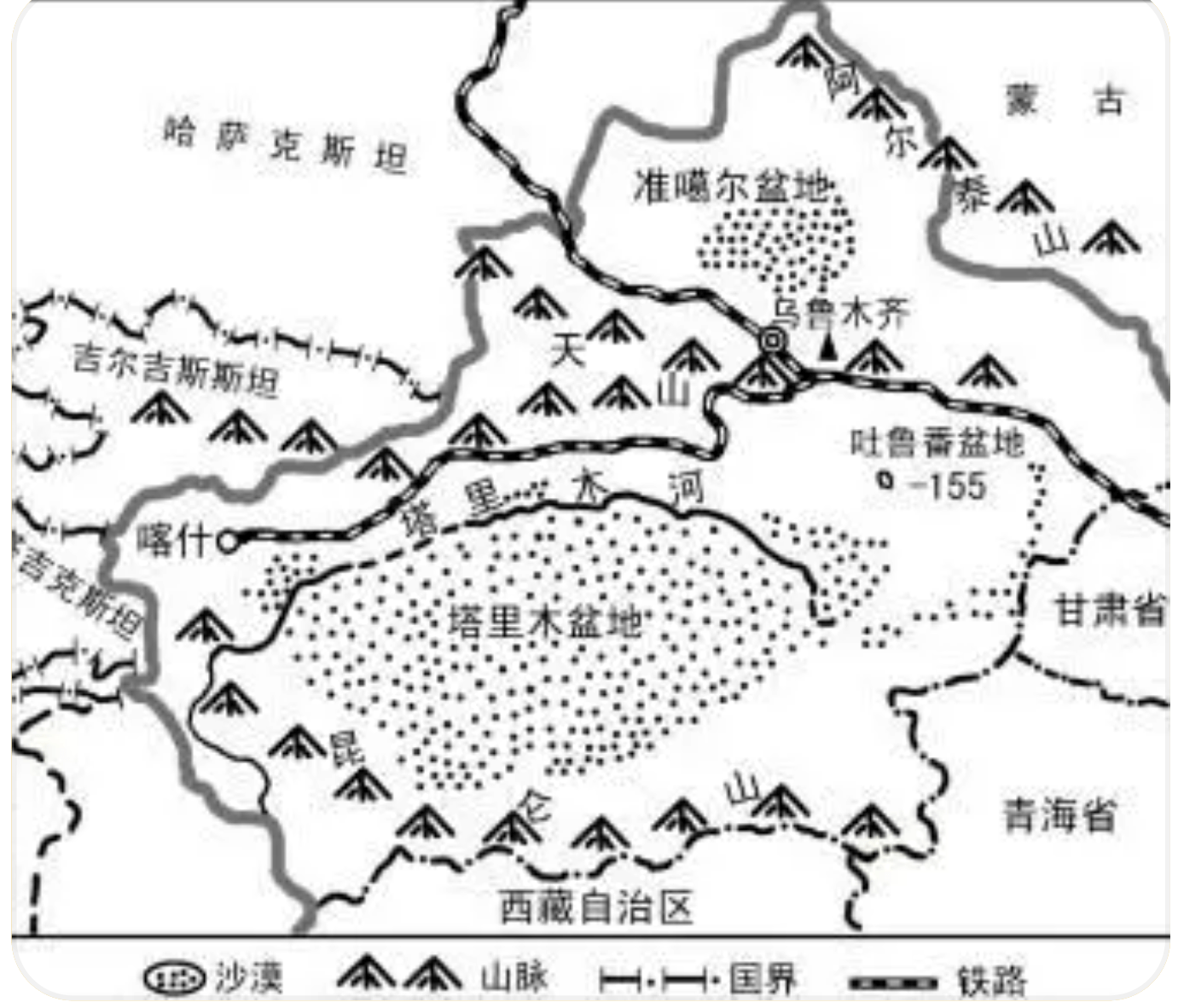
Behind its reputation, it benefits from the superior geographical planting conditions of Turpan.
The Turpan Basin is called “Fire Island”, surrounded by mountains on all sides, the mountains in the north block the cold air from the south, and the desert the Gobi on the east, south, and west sides of the city make the warm air in the north extremely dry, making it a famous dry and hot place in the country. The basin is also dry and less rainy. The annual sunshine hours are 3200 hours, the annual effective accumulated temperature is above 10 °C, and the effective accumulated temperature is above 5600 °C. The average annual precipitation is 16 mm, and the evaporation is more than 3000 mm, up to 5200-5900 megajoules per square meter.
Thin cloud cover, strong solar radiation, and extremely high temperatures together form abundant light and heat resources. Coupled with the large temperature difference between day and night, it is easy to accumulate sugar in plant fruits.
In addition, the soil in Turpan is irrigated soil, irrigated silt soil, aeolian sandy soil, flavor-aquic soil, and improved brown desert soil that are very favorable for grape growth. The soil has good permeability, low salt content, and is slightly neutral. Finally, the unique geographical location also makes Turpan rich in groundwater reserves.
To sum up, the environmental characteristics provide unique conditions for the production of characteristic grapes.
The sweet life of Portuguese farmers
Since 2016, Turpan City has begun to promote grape variety improvement and frame transformation, vigorously implement the quality and efficiency improvement project of the forestry and fruit industry, and promote scientific planting technology.
In an interview, Ayia Mugulhalik, director of the Forest and Fruit Technology Promotion Center of Gaochang District, Turpan City, introduced the local efforts to improve the standardized planting of grapes: “We must take the road of standardized grape planting, and carry out a variety improvement and self-transformation. We raised the root column to more than 1.7 meters, and the small column to more than 1.9 meters, so as to ensure ventilation, lighting, pruning, and mechanized operations, in order to grow high-quality grapes.”
At present, Turpan City has completed the transformation of nearly 70,000 mu of grape fields. It has greatly improved the yield and quality of grapes and has also been favored by consumers.
In addition, the local area has also built five grape theme parks integrating picking, tasting, and playing through the “grape + tourism” model. The renovated vineyard has also become a tourist check-in place for many tourists.
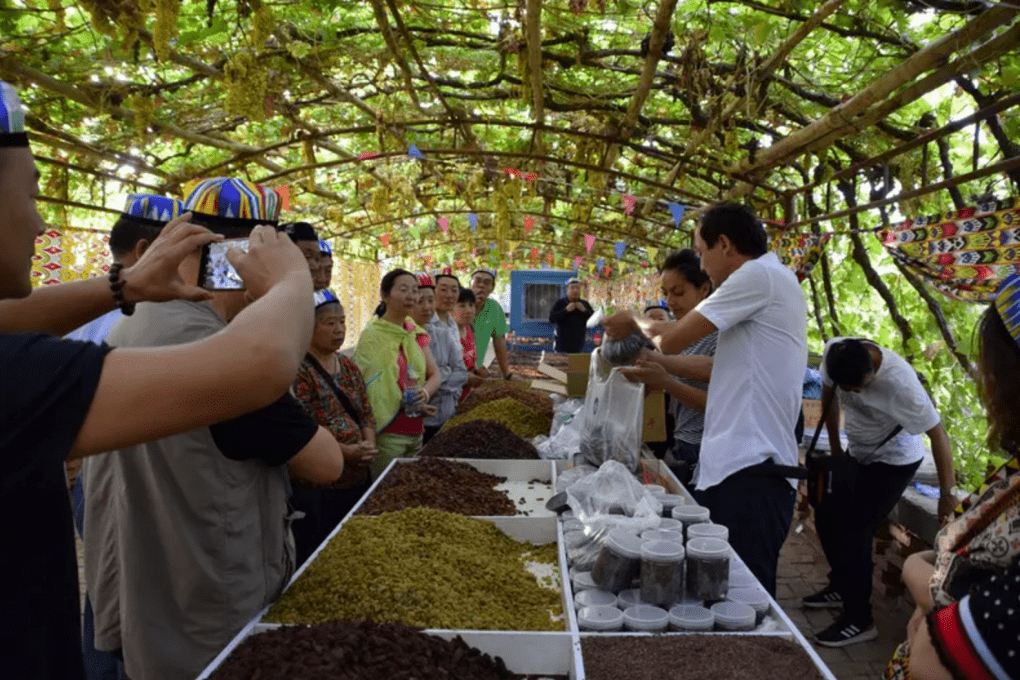
In addition, Turpan has continuously adjusted and optimized the grape planting structure to promote the quality and efficiency of the grape industry, which not only doubled the sales of local fresh grapes and sold them at a good price but also attracted many wine-making technology enterprises to take root in Turpan.
At present, there are more than 40 wine brewing enterprises in the local area, which can produce more than 200 varieties of wine. The annual output has reached 20,000 tons, and it has begun to occupy a certain share in the country.
In the next step, Turpan will vigorously promote standardized production management technology to ensure the optimized structure of grapes and stable production. With the industrial model of ‘grape + tourism + leisure experience + culture + e-commerce platform’, we will create a composite business format with grapes as the core, integrating vineyard sightseeing, cultural leisure, and eco-tourism, so as to increase farmers’ income and increase industrial efficiency. “
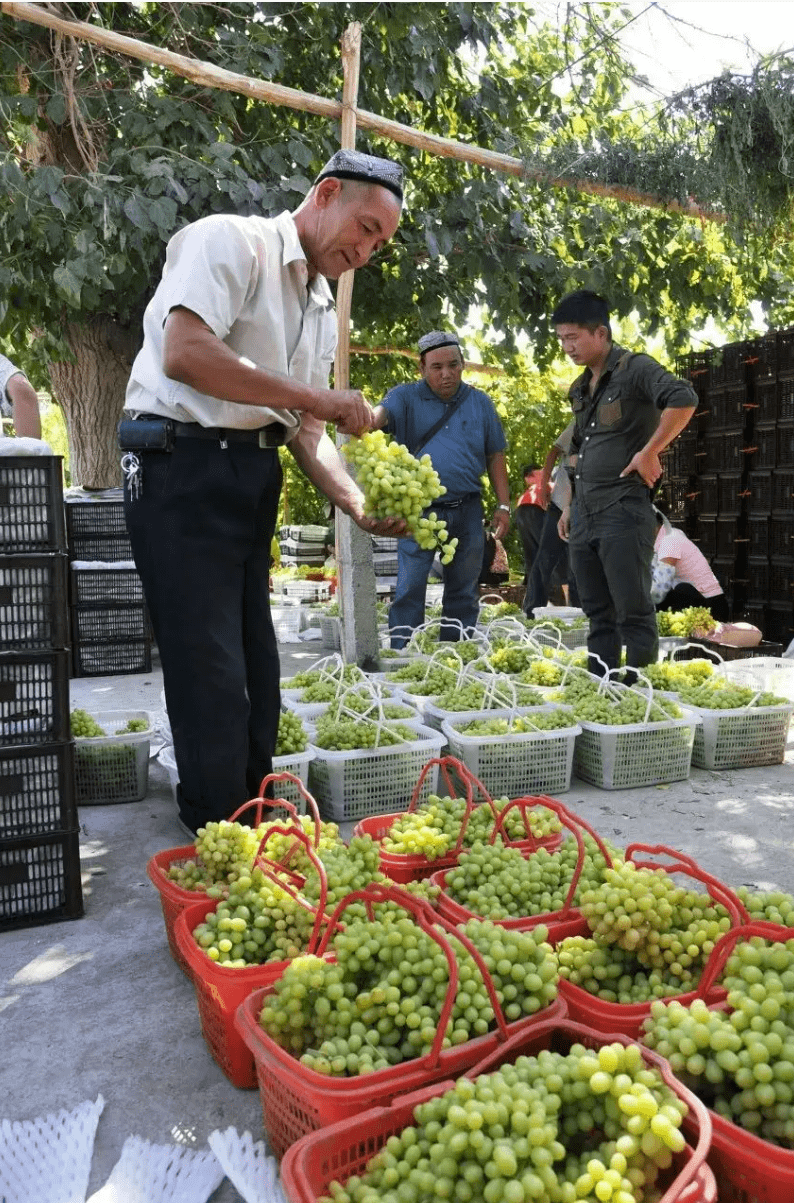
The grape industry also promotes the development of the logistics and e-commerce industries in Turpan. Turpan continues to accelerate the development of the cold chain logistics industry and has formulated and issued a series of “Implementation Plans for Promoting the Coordinated Development of E-commerce and Express Logistics in Turpan” and “Implementation Opinions on Promoting Online and Offline Interaction to Accelerate the Innovation, Development, Transformation, and Upgrading of Commercial Circulation” and so on. Policies and measures to promote the development of commercial and trade logistics. Transform the conditional advantages of the modern logistics industry into development advantages.
At present, Turpan is speeding up the construction of agricultural e-commerce service sites. There are 205 e-commerce enterprises and individual industrial and commercial households in the city. Many e-commerce service points have built exhibition halls that highlight ethnic customs, displaying various Turpan-specific agricultural products such as raisins and tourist route books.


[…] The best grapes are here […]